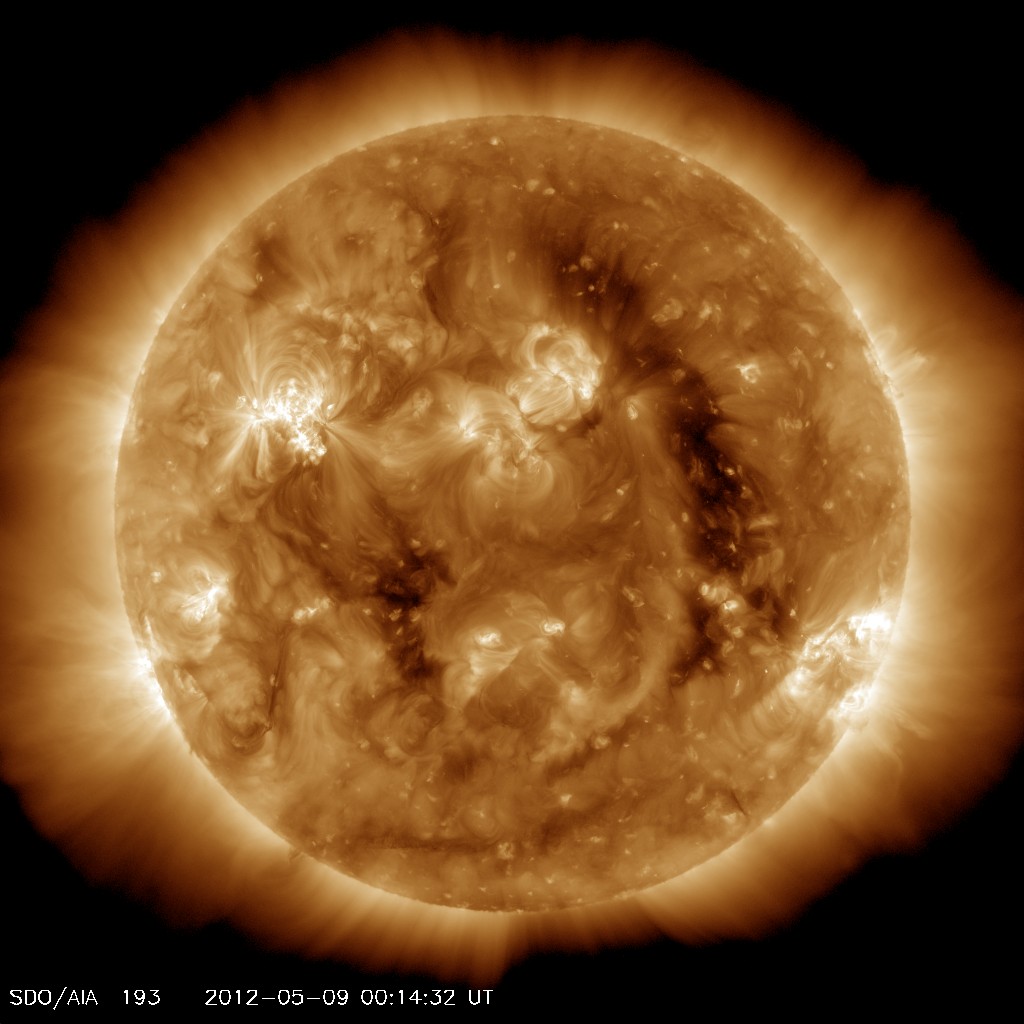


Most CMEs form over magnetically active regions on the 'surface' of the Sun in the vicinity of sunspots. "Such measurements from the corona will be critical for understanding and forecasting extreme space weather events that can disrupt telecommunications and damage satellites around Earth," NASA wrote. These blasts originate in magnetically disturbed regions of the corona, the Sun's upper atmosphere - hence the name. The next close pass will happen in January 2022, when scientists will try to determine exactly how switchbacks and other solar phenomena form. The coronal mass ejection originates from the Sun, which is caused by a huge burst of electrically conducting plasma. The probe has not only made the closest-ever pass by the sun, it's traveling at the greatest speed of any manmade object ever, currently around 430,000 MPH. An enormous solar flare is expected to hit Earth today, potentially affecting power grids and generating an aurora in northern latitudes. Specifically, they found that some types of "fast" switchbacks form in the magnetic funnels created between convection cells on the sun's surface. Effects of the global dust storm on the Mars’ upper atmosphere as observed by the Mars. The team discovered and characterized around 100 sub-A class microflares in the quiet corona providing new insight into coronal heating puzzle. It detected bursts of switchbacks as it passed closer to the sun, and scientists were able to trace those back to the visible surface. For the first time, absolute abundances of elemental Mg, Al, Si in the quiet solar corona are derived. It also made observations that may helped scientists figure out where "switchbacks," or kinks in the solar wind form.
Flying through the objects was like "flying into the eye of the storm" because of the quieter conditions and slowing particles, NASA said. Inside that region, the probe encountered features called pseudostreamers, or massive structures rising above the Sun's surface visible during solar eclipses. A massive solar storm hasn’t hit the Earth since. It passed in and out of the boundary several times, proving that the Alfvén critical surface has spikes and valleys and isn't shaped like a smooth ball. Solar storm is a generic term used to describe a bunch of stuff the Sun hurls our way, including x-rays, charged particles, and magnetized plasma. The Parker Solar probe detected the specific magnetic and particle conditions required for the corona at around 18.8 solar radii, or around 8.1 million miles. Scientists have estimated that the corona is between 10 to 20 solar radii from the Sun's surface, or around 4.3 to 8.6 million miles. The video, recorded on June 2 by hobbyist astronomical photographer Chuck Ayoub and posted in a viral Reddit thread, shows the cloud of solar plasma barely moving over the period of an hour.


 0 kommentar(er)
0 kommentar(er)
